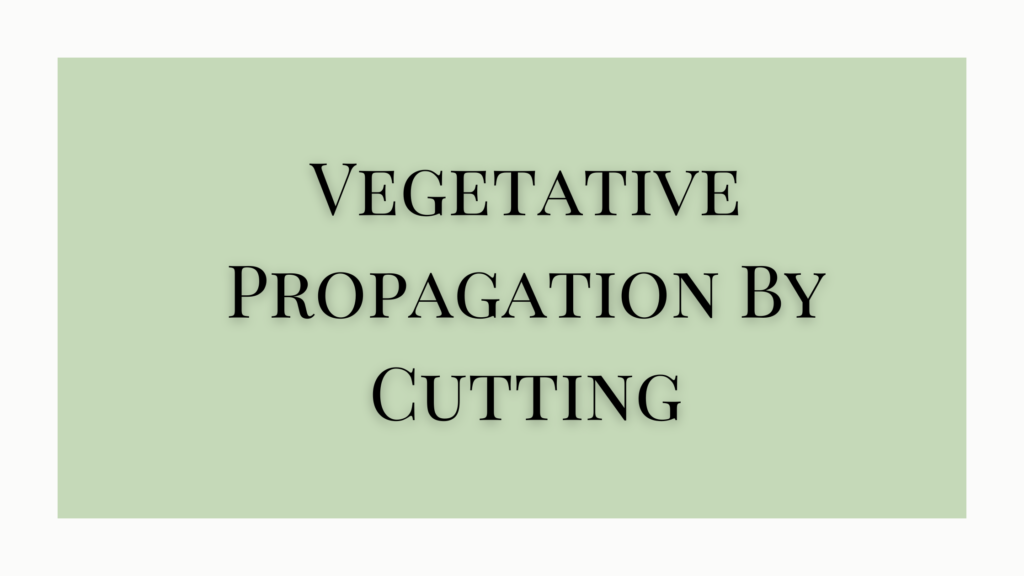What is Topiary?
Topiary is an ancient art of pruning and clipping small trees and woody shrubs in fanciful and unnatural geometric shapes. This art was started in the first century AD by the Romans. Some popular plants used in topiary works are gymnosperms like Thuja, Cupressus, Pine, Casuarina, bougainvillea, Clerodendron, etc.
It needs a lot of attention and care to maintain and even takes years to train and shape the plants into desired shapes. Topiary work is seen at its best in many gardens across the world. It is one of the most common types of garden as well.
In simple forms, it consists of dipping (cutting too short) and forming the end plants of a hedge into balls, pyramids, or square finials. It helps break the monotony of a long regular hedge and makes the garden look more attractive.
In advanced forms, the topiary pieces are in geometrical tubes, balls, or figures of rabbits, chickens, peacocks, etc.
Types of Topiary
The traditional method of topiary is to grow large plants in the garden and prune them into hedges, walls, etc, and create a pattern using them. Mazes or labyrinths are popularly made of topiary. This is part of formal landscaping. Apart from these there also are box topiary and shrub topiary.
- Box topiary or Buxus is a type of plant that is popularly used for topiary. The plant is grown in a pot and is easy to maintain. They can also be grown in the ground. These plants are pruned in spring and later in the autumn in different shapes.
- Shrub topiary is the art of trimming shrubs that are specifically grown for this purpose. It requires consistent trimming sometimes using a frame to get the proper shape. Experienced gardeners do freehand pruning.
In modern gardens, the topiary is used for privacy and aesthetics. It is mainly used as a focal point and does not need elaborate designs. They are mostly simple and give the appearance of a manicured hedge.




